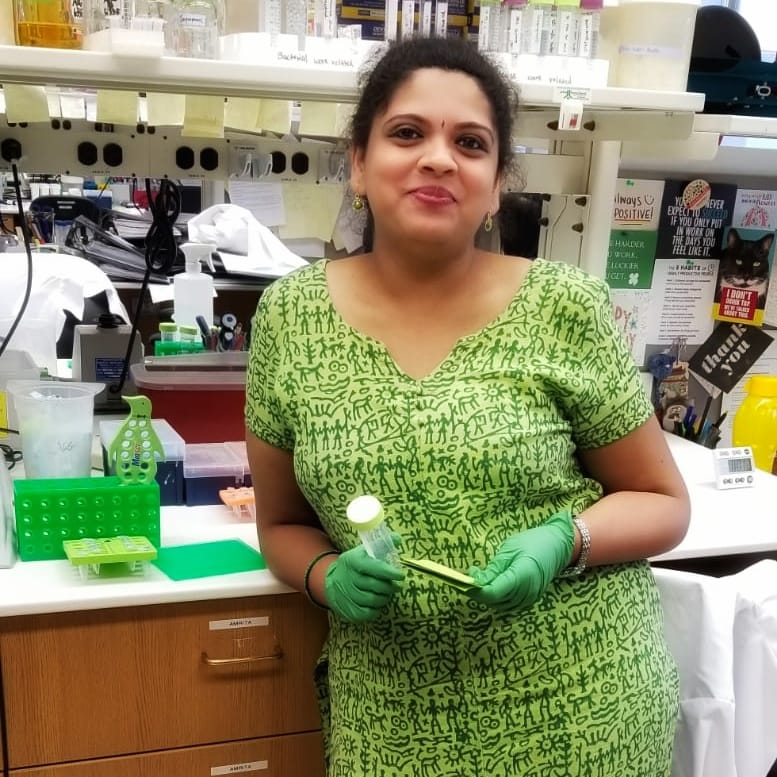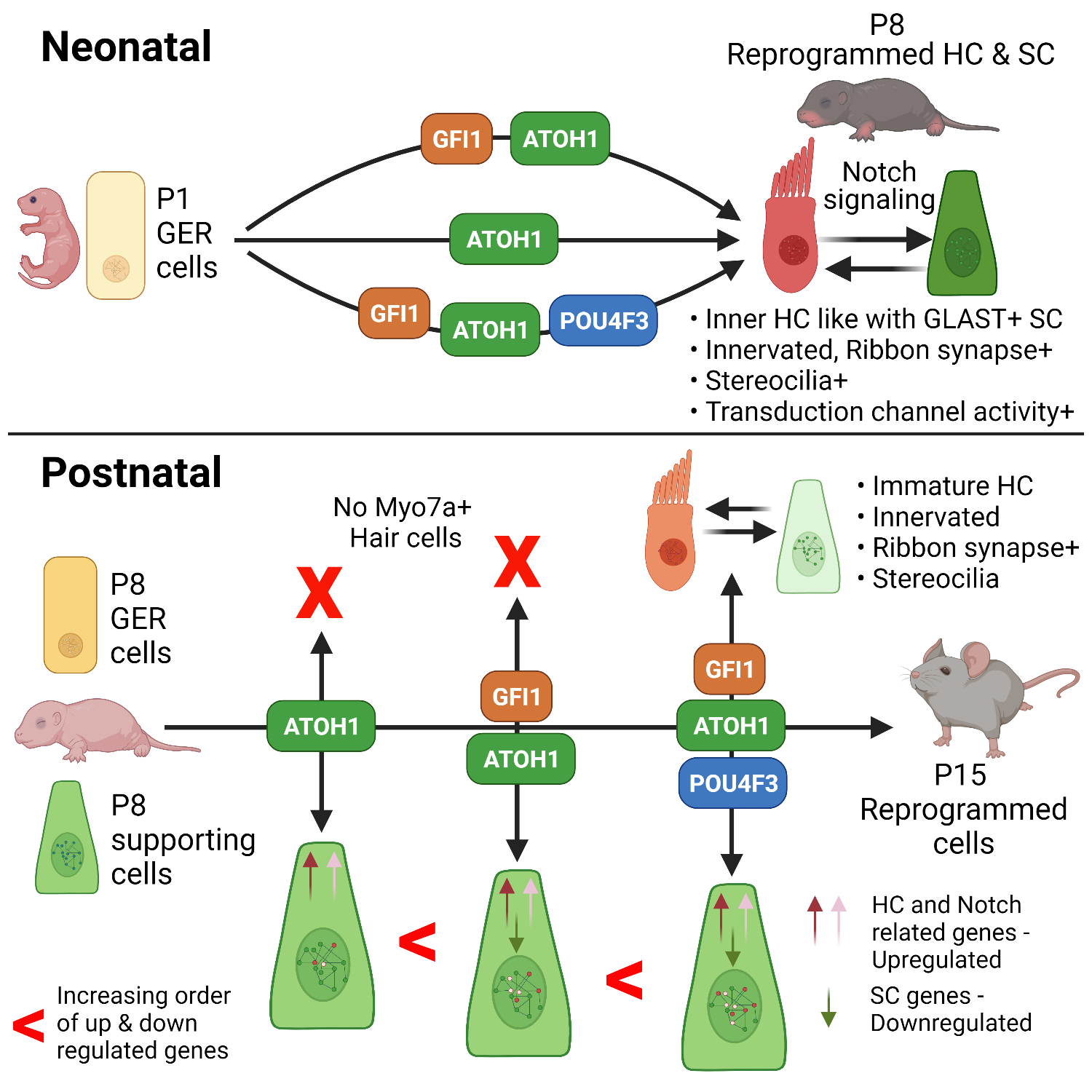About author
Amrita is a Science writer and Geneticist currently working at Tempus labs in Chicago. She enjoys sharing her enthusiasm for science with large audiences through multiple modes like blogs, talks, posters, and videos. She often expresses her creativity through colourful scientific illustrations and sketches to describe key scientific messages. Before venturing into scientific communications full time, she trained as a bench scientist for 9 years. She got her Ph.D. in Genetics and Genomics from the Baylor College of Medicine in Houston, Texas where she worked on hair cell reprogramming in the mouse inner ear. Prior to that, she got her master’s (by research) in Biological Sciences from the Department of Biotechnology, IIT Madras. Her project was on studying the association between candidate gene polymorphisms and hypertension in the Indian population. In her spare time, Amrita enjoys anything and everything around cooking, music and gardening!



